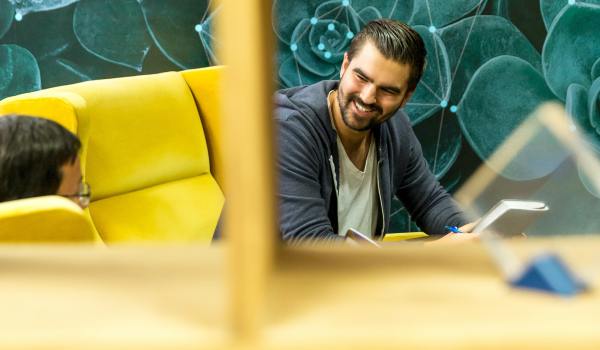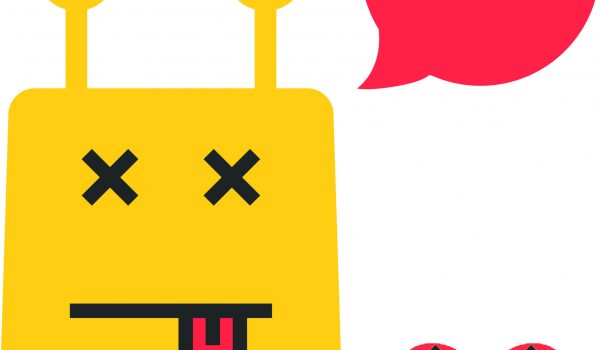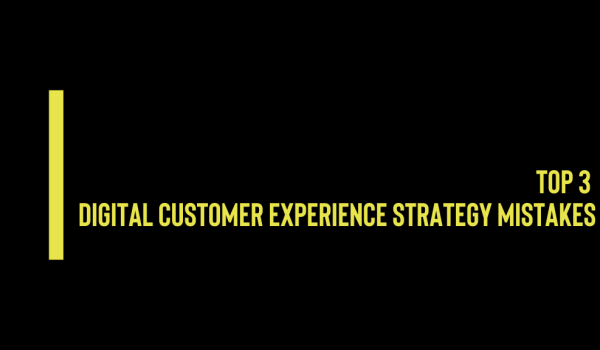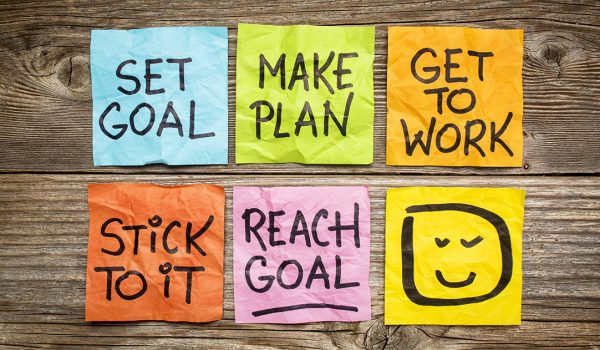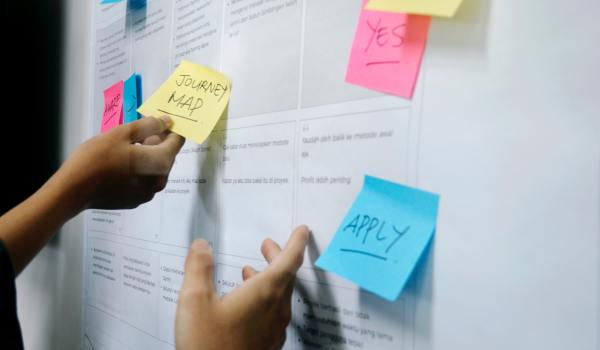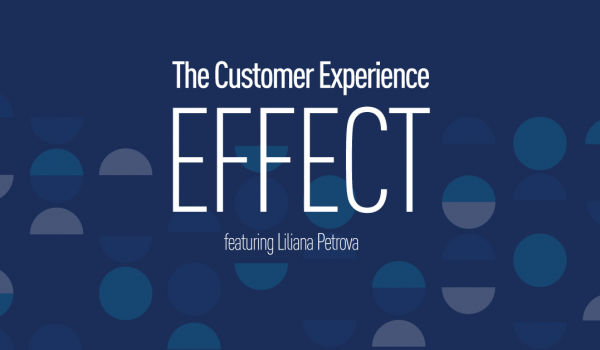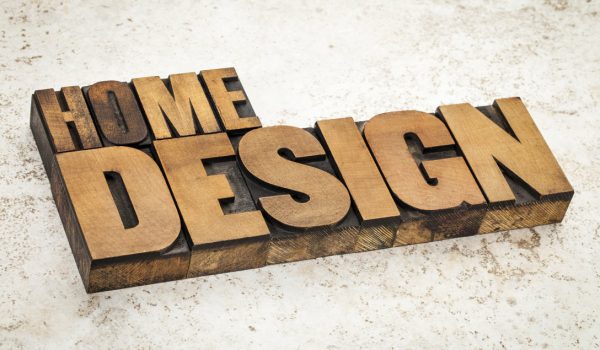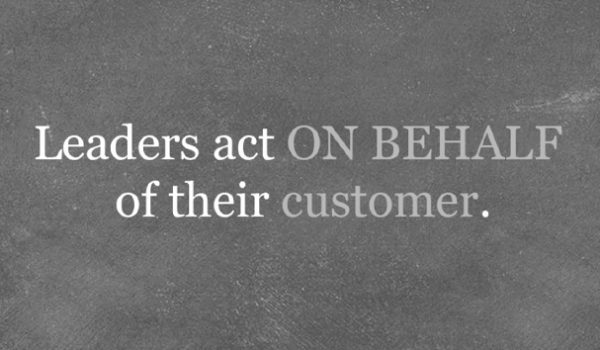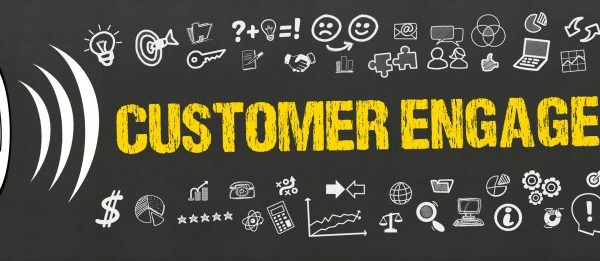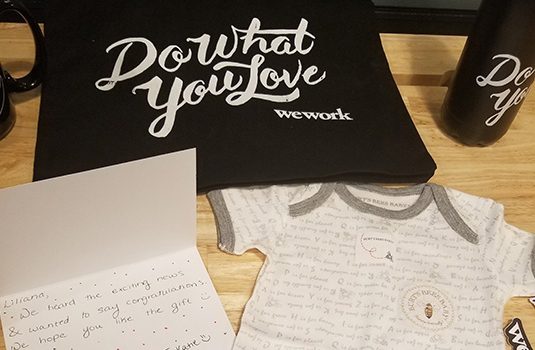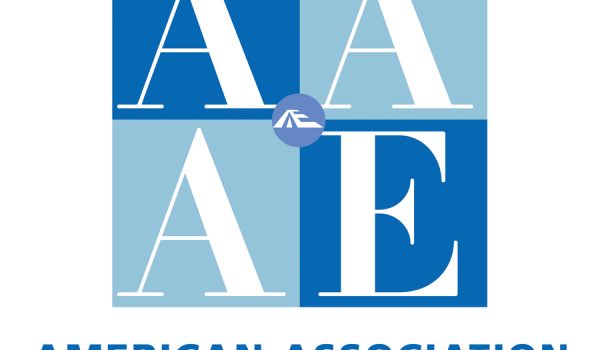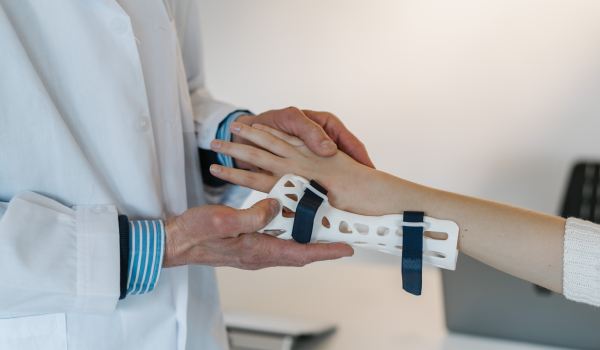
Contactless and Self-Service are Here to Stay
Our 5th 2021 customer experience trend highlights contactless and self-service experiences across industries. Before we dive into this topic, let’s take a moment to define what contactless and self-service mean to us. And what kind of an impact they are making on customers – and businesses – across industries.
The business case of contactless payment
In a recent issue of Fortune, Ajay Banga, the CEO of Mastercard for over ten years, said “The good thing for our business is that digital has been on afterburners. Everybody has embraced contactless commerce.”
Why is this so important? Because, as Ajay Banga is stepping down from Mastercard, he is leaving a tenure of 12.7% growth of annualized revenues. And ROI that reached 40% annual clip! How did he achieve these extraordinary financial results? By leveraging technology like contactless payments and partnerships to gain share against cash, which held a staggering 85% of retail transactions ten years ago.
If for no other reason than these numbers in this one case, we invite you to keep reading this article in your free holiday time. And to include contactless in your 2021 business strategy.
What is Self Service?
To begin, let’s define self-service. Self-service is any consumer TRANSACTION that used to be performed by an agent and is now completed by the customer with the aid of some technology. Self-service transactions do not require a human brand representative.
What do I mean by that? Well, in the human-centered design and simple functionality are equally (if not more) important than the agent they replace.
Let’s look at some examples of self-service across industries. In travel, checking-in for your flight on an app at home or at a kiosk at the airport is an example of self-service. In healthcare, scheduling an appointment on Zocdoc is a perfect example of self-service. And finally, in transportation, buying train tickets from a machine, instead of waiting on line for an agent, is self-service.
Think of the price check terminals in department stores like Macy’s. These physical terminals in the stores demonstrate how a self-service product makes the retail experience easier for shoppers. We used to chase the floor agents for this information – and WAIT – for them to find the answer.
Self Service Adoption Continues to Lag
Speaking of waiting, in our experience, reducing wait times is the most valuable customer experience gift self-service gives. Customers actually get time back. If you really think about it, this is one of the few technological advancements that impacts customer experience across industries.
Yet, even in 2020, brands struggle to leverage the power of self-service. Today, we still cannot self-check out from Sephora. Even though the National Retail Federation (NFR) uses Sephora as an example of an innovative retail customer experience. The beauty retailer has virtual try-on and a voice powered advice on Google home, but somehow did not invest in the simpler (and probably cheaper) self-service product of check out.
In the post-COVID era, self-check in for flights is practically disabled. And healthcare is still trying to figure out how to schedule doctor visits on websites or apps. Quite frankly, it is mind blowing that a great business case like self-service is not reaching more CFOs around the world.
What is a Contactless Experience?
Now, let’s look at contactless. What is contactless? Not almost contactless… REAL contactless experience. It is exactly what the name says: a self-service consumer experience in which the consumer does not TOUCH anything.
“Real” contactless experiences are difficult (and expensive) to create. Customer experience professionals call them the magic experiences. This is what we did in 2017 with the JetBlue Paperless and Deviceless Boarding. We boarded passengers with capture of their faces ONLY. And travelers did not need to touch anything.
Unfortunately, contactless as a term has been misused over the last three years. Many brands make the contactless claim without having done the design right. Just last week, I boarded a Lufthansa flight at Newark Airport in New Jersey. The airline claimed boarding would be done with facial recognition (a contactless experience). Yet, I was asked to scan my boarding pass and show my passport two seconds after my face was scanned by the camera. Immediately, I asked the agent how it can be called BOARDING with facial recognition if the airline is still paying her to take my passport. And I have to touch the boarding pass to scan it. Examples like this give contactless a bad name.
Contactless Self Service Grocery Store Claims
Chances are our next example of failed contactless experience sounds familiar. Did you notice all the grocery stores that claimed to have contactless experience recently? Then, once you got to the store, did you need to use your finger to SIGN the screen on the terminal to complete your transaction?
It got so bad that some people started to spray the terminal with alcohol for fear of all that contact. Of course, this ruined the hardware!
On the other hand, there are standout examples of good contactless experience, too. Take Nespresso, for instance. Nespresso makes a machine that empowers consumers to make coffee using their phones!
How to Create Real Contactless Experiences
Contactless can be done. However, real contactless experiences that empower customers (and make them feel safe and happy) require human centered design, critical thinking, comprehensive use cases, and the right experience goals.
In other words, you need someone like us to keep telling the technology teams, “the software is not ready…YET.” Until all the proper integrations are done to, say, actually BOARD a passenger with his/her face.
Now more than ever consumers expect real contactless experience. It is time to create those experiences the right way. It is time to listen to consumers and adapt business models to make self-service and contactless the first design option for your services. Not the last. And, it is time to consider these technologies as early as the architecture phases of all new airports, hotels, stadiums and hospitals. So we can ensure a contactless future.
Start Thinking Contactless Now
According to the National Association of Corporate Directors report, for most companies, current strategies will become irrelevant in the next five years. Sixty-eight percent of responding board directors report their company can no longer count on extending its historical strategy over the next five years.
So take 2021 to hit the reset button. And know you are not alone. There are many others like you. Plus, there are a few of us that can guide you safely to the business model that will bring you success in the next decade.










